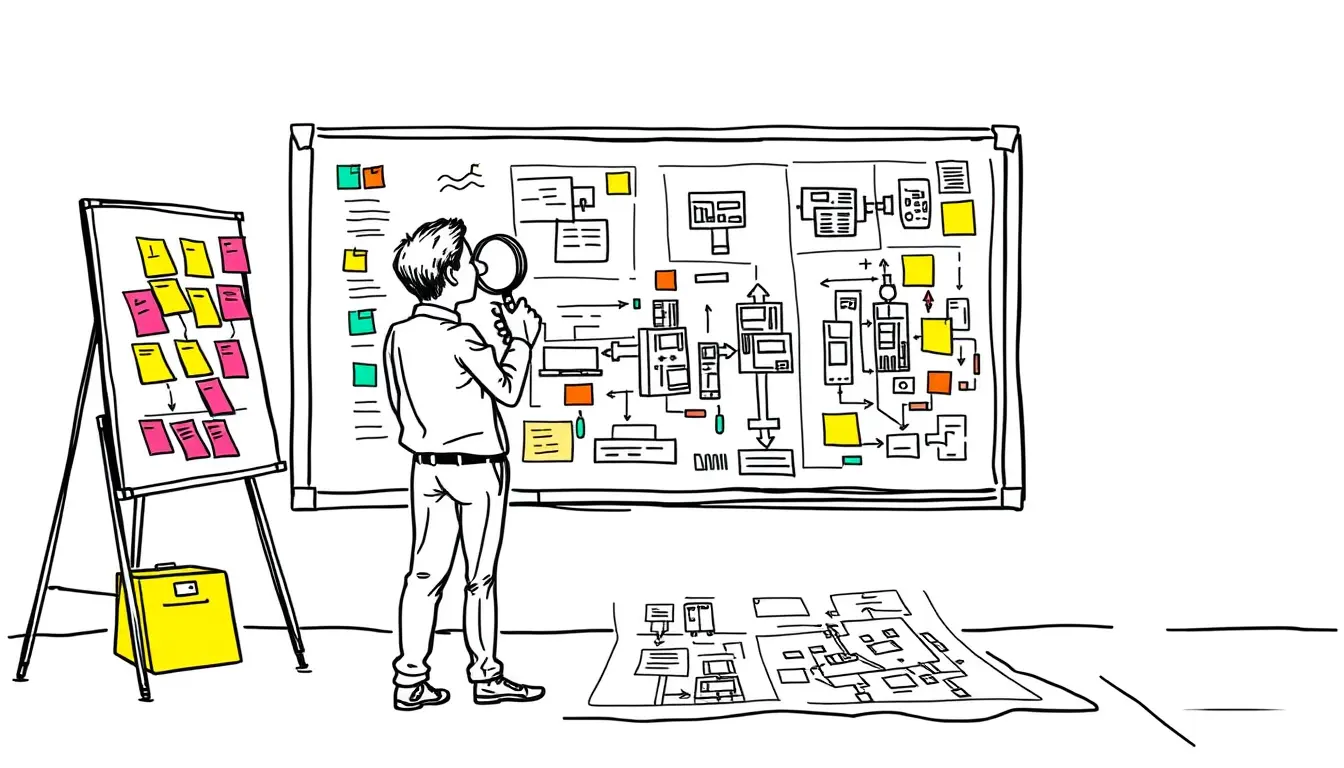Precision In Design

Achieving Precision in Feature Specification for Better Quality Outcomes
“Discover how detailed feature specification can lead to improved quality outcomes in product development. Learn strategies for achieving precision #productdevelopment #qualitycontrol”
Search
Latest Posts
Latest Comments
Categories
Archives
- December 2025 (3)
- November 2025 (30)
- October 2025 (31)
- September 2025 (30)
- August 2025 (31)
- July 2025 (32)
- June 2025 (30)
- May 2025 (31)
- April 2025 (30)
- March 2025 (31)
- February 2025 (28)
- January 2025 (31)
- December 2024 (31)
- November 2024 (30)
- October 2024 (31)
- September 2024 (171)
- August 2024 (20)













